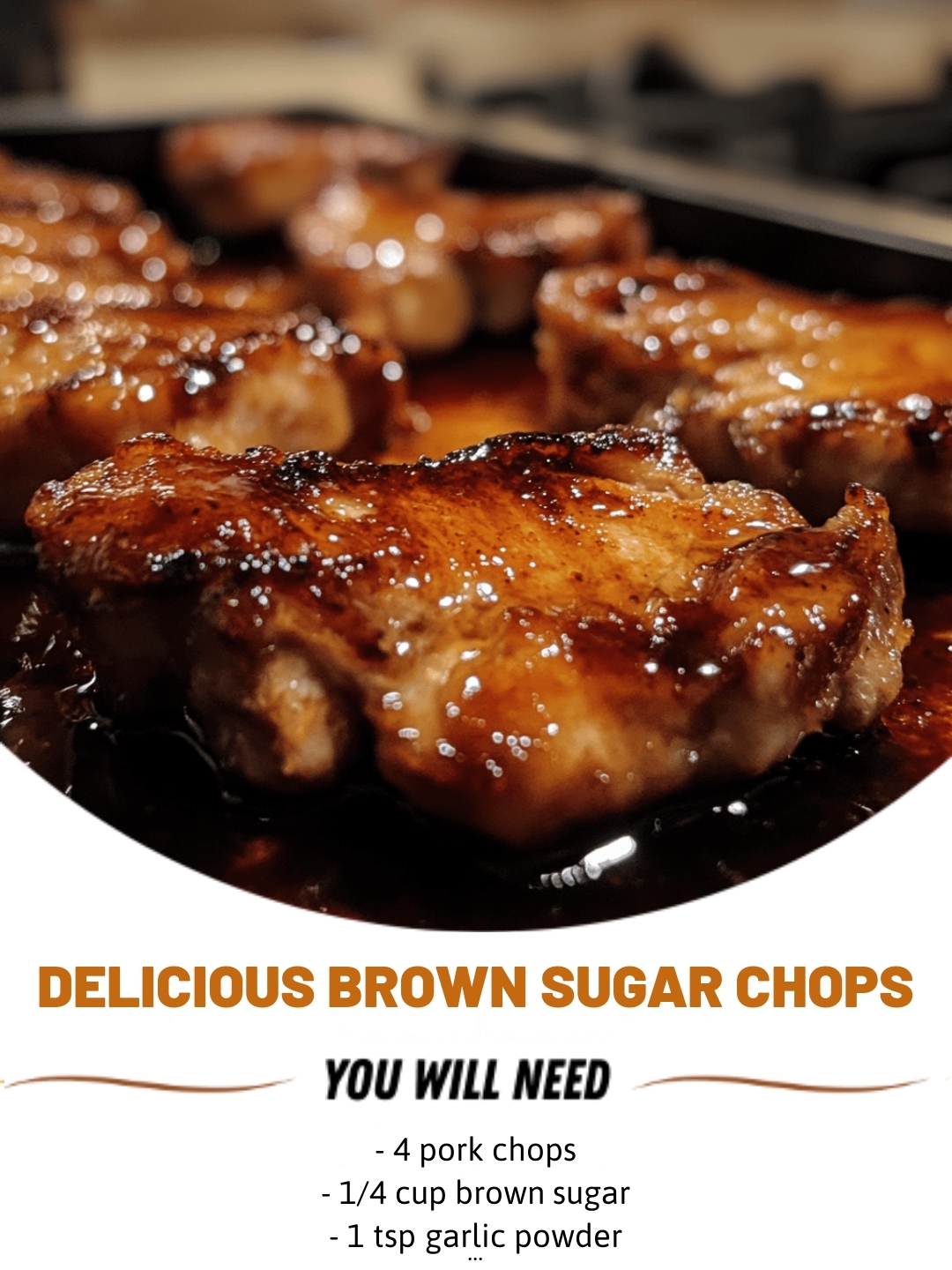
Delicious Brown Sugar Chops
Looking for a quick and easy dinner idea that is sure to impress? These Delicious Brown Sugar Chops are a must-try! The perfect combination of sweet and savory flavors will have your taste buds begging for more.
Ingredients:
- 4 pork chops
- 1/4 cup brown sugar
- 1 tsp garlic powder
- 1 tsp paprika
- Salt and pepper to taste
Instructions:
- Preheat your oven to 375°F.
- In a small bowl, mix together the brown sugar, garlic powder, paprika, salt, and pepper.
- Rub the spice mixture all over the pork chops, ensuring they are evenly coated.
- Place the chops on a baking sheet and bake for 25-30 minutes or until cooked through.
Nutrition Information:
- Calories: 280
- Protein: 30g
- Carbohydrates: 10g
- Fat: 12g
Try these Delicious Brown Sugar Chops for a tasty meal that your whole family will love! #recipe #easydinner #tastyfood
Popular Questions:
-
- Q: Can I use boneless pork chops instead of bone-in?
A: Yes, boneless pork chops can be used, just adjust the cooking time accordingly as they may cook faster.
-
- Q: Can I substitute the brown sugar with honey?
A: Yes, honey can be used as a substitute, but it will alter the flavor slightly.
-
- Q: How can I prevent the pork chops from drying out?
A: Avoid overcooking the chops and make sure to keep them covered with foil while baking.
Helpful Tips:
- Marinate the pork chops in the spice mixture for a few hours before cooking for enhanced flavor.
- Add a splash of apple cider vinegar to the spice mixture for a tangy kick.
- Serve the chops with mashed sweet potatoes for a delicious pairing.
Expert Secrets:
- Sear the pork chops on the stovetop before baking to lock in moisture.
- For a caramelized finish, broil the chops for a few minutes at the end of cooking.
